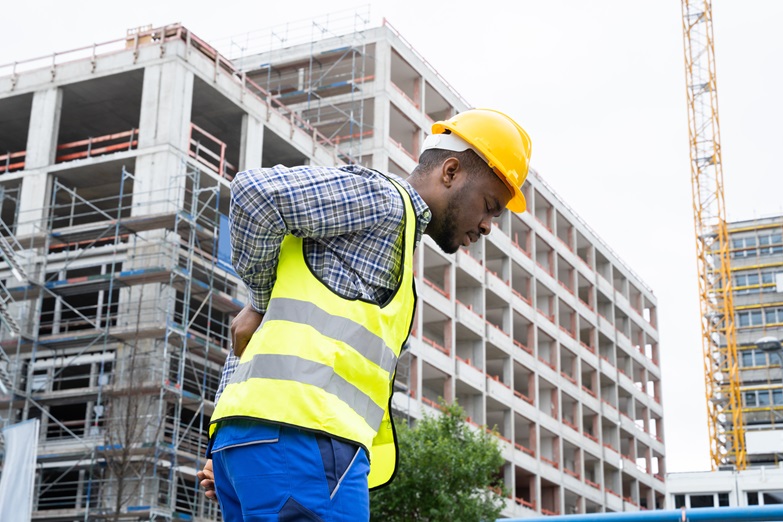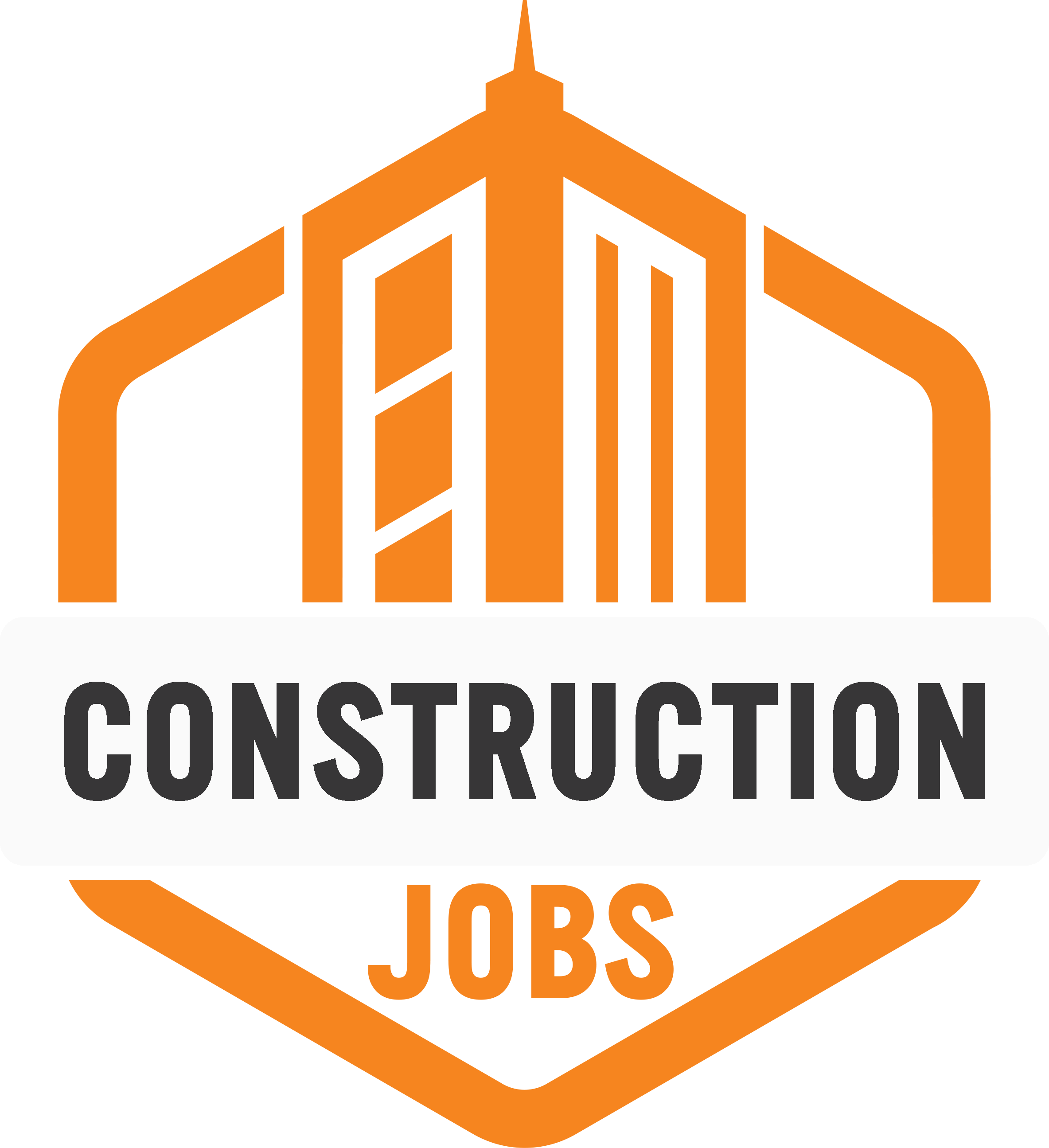Construction Industry Best Practices for Muscle Injury Prevention
One of the most prevalent hazards for construction workers is musculoskeletal injury.

Construction Industry Best Practices for Muscle Injury Prevention
The construction industry has a reputation for being high-risk for workers. According to the Bureau of Labor Statistics (BLS), the sector saw 2,607,900 non-fatal injuries and illnesses in 2021. It’s not difficult to see how problematic this is. Certainly, there’s an ethical and legal duty to minimize the potential for injuries. From a business perspective, too, fewer accidents reduce disruptions to productivity.
One of the most prevalent hazards for construction workers is musculoskeletal injury. Various aspects of almost all roles in the sector have some potential to cause strains, sprains, and lacerations. This is a challenging issue, but there are also some straightforward solutions. So, let’s look at a selection of best practices for muscle injury prevention.
Encourage Personal Preparation and Vigilance
Being mindful of one’s body is often the best preventative practice against muscle injuries. After all, every staff member on a construction site has different limitations, challenges, and risks related to their physical well-being. Therefore, the first step is to encourage workers to maintain regular personal preparation and vigilance measures.
This should involve teaching staff about actions that mitigate muscle injury, including:
- Warming up: Your staff should take a little time before each workday to warm their bodies up for the tasks they’ll perform. The improved blood flow and muscle temperature tend to reduce the risk of injury and extend the range of motion.
- Start activities slowly: Your construction workers shouldn’t immediately launch into their strenuous tasks at full force. Rather, taking a more gradual approach gives their muscles time to adjust to the demands of the task.
- Listening to the body: The human body is pretty good about letting us know when we’re nearing our muscular limits. Teach your construction staff to be vigilant for these signs during their work. Encourage them to stop activities if they experience pain, aches, or reduced range of motion.
Remember that this approach isn’t just good for construction workers who are performing physically strenuous tasks. Even administrative, creative, and supervisory staff risk muscle injuries. Repetitive strain injuries are particularly prominent for those using computers frequently. Take the time to educate all your workers in solid preparation and vigilance measures.
Provide Ergonomic Equipment and Guidance
The popular view of muscle injury in construction is that strains are due to pushing too far or too hard in their actions. Yet, this isn’t always the primary cause. How your workers position their bodies when performing their tasks plays a role, too. Posture stresses can arise if construction staff stay in an awkward position for too long. Even lifting what seems like a light object in the wrong way can lead to forceful exertion strains. Part of the solution here is to place some focus on creating an ergonomically safe space.
Invest in some tools that promote good posture and optimized ergonomics. This could include work boots with shock-absorbing insoles that put less pressure on the musculoskeletal framework. Anti-vibration gloves and comfortable grips on power tools may also limit repetitive strain injury from intense shaking. It’s also important to make certain that all workplace seating is designed to provide adequate back support. This should apply to both seats in office spaces and those in vehicles such as excavators.
It’s worth noting, though, that ergonomic equipment isn’t the only solution. You should also train your staff regularly in correct posture and operating practices. Don’t just focus on the general aspects, such as lifting with legs or avoiding carrying heavy objects for long periods. Provide guidance that is relevant to each task they perform. For instance, assert the need for straight-back posture when using compaction vehicles to avoid sprains and strains.
Keep Staff Informed About Hazards
Up-to-date and clear information is vital for preventing muscle injuries in the workplace. Yes, your staff may have some understanding of the dangers they face in their jobs. However, circumstances, environments, and equipment can vary, which in turn affects the risks. Therefore, you need to commit to providing reliable and timely information.
Start by exploring how you can improve signage in warehouses with clear images. Reminders to use muscle-protecting PPE could include pictures of relevant items to wear. Place signs near heavy items that use illustrations to demonstrate how to safely lift. This approach may feel a little simplistic, but that’s part of what makes it powerful. Simple pictures foster the easiest and most accessible communication. They don’t rely on an understanding of jargon, native language skills, or reading abilities. This means that you’re providing resources for all your staff to avoid musculoskeletal injuries.
Regular safety briefings are another good tool. Make certain all staff on your construction projects meet with their department leads to receive regular risk updates. This provides opportunities to remind employees of the most prominent hazards to their muscles, alongside other risks. It’s also a chance to inform staff about relevant changes to the environment. Newly installed scaffolding to climb or steep gradients will require consideration of posture and carrying approaches, among other elements. Developing knowledge of potential hazards empowers them to make informed decisions about preventative measures.
Conclusion
Adopting a range of best practices can prevent your construction industry workers from experiencing muscle injuries. These aren’t particularly complex in nature. However, to be effective, there needs to be a consistent commitment from leaders and workers alike to maintain them in all activities. In addition, it is vital to involve key staff in regularly assessing projects, new equipment, environments, and tasks to establish the evolving risks of muscle injuries. This enables your company to take the most relevant measures to safeguard workers and influence positive project outcomes.
- Share This →

